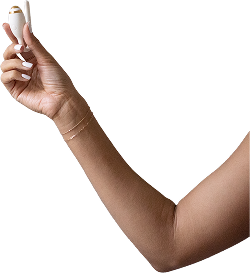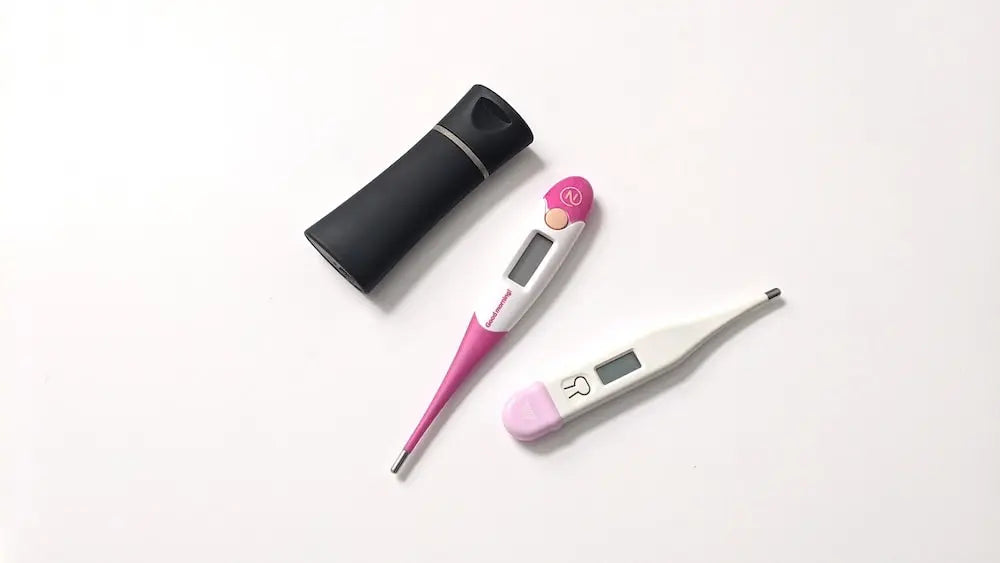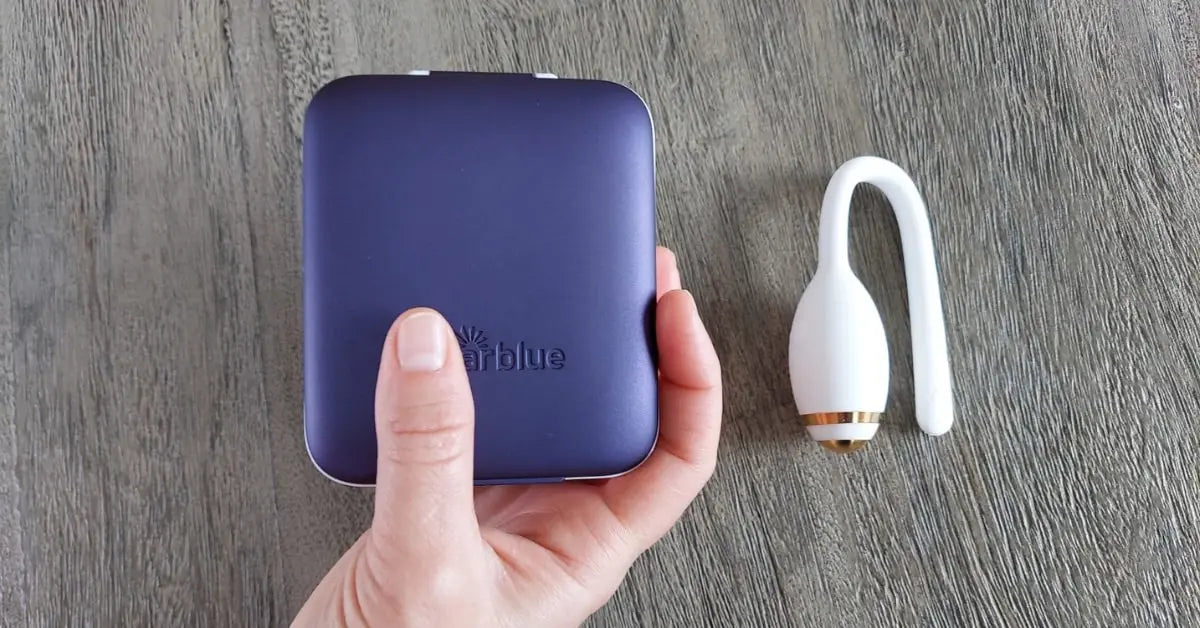Let’s start from the basics
A woman’s cycle has four parts: menstruation, follicular phase, ovulation, and the luteal phase. Menstruation, also known as a woman’s period, is the time of a woman’s cycle when the endometrium (lining of the uterus) is eliminated from the body in the form of bleeding. An ideal period length is 3-7 days. Periods regularly longer than 7 days can indicate estrogen dominance or thyroid issues while those less than 3 days long can indicate insufficient estrogen.
Next during the follicular phase, the FSH (follicle stimulating hormone) stimulates the ovary to produce between 5 to 20 follicles (each of which contains an immature egg). Despite the large number of follicles produced, usually only one fully matures. These follicles then produce estrogen which promotes thickening of the lining of the uterus for potential implantation, and also increases cervical mucus production to aid and sustain sperm to reach the eventual egg. After the height of estrogen production a surge of luteinizing hormone triggers an egg’s release.
Finally, the highly anticipated moment arrives: ovulation! Once released, the egg moves into the fallopian tube and begins its adventurous journey over the next 3-4 days towards the uterus. A mature egg has a short lifespan of only 12-24 hours, if it does not meet a sperm during that time it disintegrates.
The final event of a woman’s cycle, the luteal phase, is when the corpus luteum, a structure made from the follicle of the mature egg, releases a combination of hormones, which includes progesterone over the course of about two weeks. These hormones maintain the thickened lining of the uterus so that a fertilized egg can implant. If implantation does occur, the fertilized egg produces hormones, mainly human chorionic gonadotropin (hCG), that maintain the corpus luteum. If pregnancy does not occur, the corpus luteum dies, progesterone production stops, and the cycle begins again with menstruation.
How is ovulation detected?
Ovulation can be detected in a variety of ways. Common at-home methods include tracking basal body temperature, also known as BBT, and measuring Luteinizing Hormone (LH) levels. Both techniques have benefits and limitations.
Measuring LH (Luteinizing Hormone) levels (sometimes known as an Ovulation Prediction Kit or OPK) can be helpful in determining if you are having a surge of LH. When LH is high it signals the ovary to release an egg and it can be estimated that you will ovulate within the next 12 to 36 hours. However, it is possible to have a positive LH test without ovulating or ovulate without detecting a positive LH test. If waiting to time intercourse to a positive LH, many couples might miss crucial days of the fertile window.
Charting BBT can confirm ovulation by observing an upward and sustained temperature shift. However, numerous factors impact BBT, including temperature recording method, sleep quality, alcohol consumption, and illness.
Physicians can confirm ovulation by performing a transvaginal ultrasound to observe the “ring of fire” of the corpus luteum. Alternatively, doctors may complete an endometrial biopsy or a blood test to measure your progesterone level. Proov can be used at home to confirm healthy ovulation.
While these methods are beneficial for determining if ovulation has occurred, they do not help identify the fertile window.
Ovulation versus the fertile window
Timing intimacy with ovulation can be challenging. If you only try to conceive during ovulation, you only have a 12 to 24-hour window to be intimate before the egg dies. Depending on what method you choose to confirm ovulation, it could be too late for conception to occur. For example, if you track your Basal Body Temperature to confirm ovulation, you could have ovulated shortly after waking up one day and not get a temperature rise until the following day. This would mean your egg is unlikely to be viable by the time you have intercourse. In another example, if you use LH tests, you could miss your ovulation by getting negative LH tests or testing on the wrong days.
There has to be a better way! Identify your fertile window. In contrast to timing intimacy on ovulation day, the fertile window allows for a period of 5 days in which to time intimacy.
Why does knowing your fertile window increase your chances of conception?
Thankfully, women are able to take advantage of their full fertile window to increase the likelihood of conceiving. Changes in the cervical fluid detected by kegg are the most accurate way to assess real-time fertility.
Working with the user’s unique cycle trends, kegg highlights a 5-day fertile window. As estrogen rises, the cervix secretes a highly fertile cervical mucus that can nourish and house the sperm until ovulation occurs for up to 5 days. Since the cervical mucus can nourish and support sperm on their journey to the egg, couples actually have the best chance of conceiving from intercourse 2 to 3 days before ovulation. kegg can help users recognize these optimal days as their daily readings descend into the fertile valley, as depicted below.
Sample charts-ovulation versus fertile window
This chart is from a user that conceived by using kegg.
kegg predicted her fertile window to be between cycle day 17 and 21. She had intercourse on cycle day 18 but did not confirm she had ovulated until cycle day 22. She was able to conceive by only being intimate once during her fertile window well before ovulation.

For those who choose to use at-home insemination methods, knowing the fertile window in advance is key, not only to time insemination when the likelihood of conception is the highest, but to also ensure all parties involved have ample time to prepare. Timing insemination on ovulation day and therefore waiting to detect ovulation is not ideal as the majority of the fertile window has passed. Some only have one attempt with insemination per cycle so timing is key! kegg provides its fertile window prediction in advance which can be very beneficial for timing insemination!
To increase your odds of conceiving, consider shifting your attention to timing intercourse during your full fertile window, instead of ovulation day. kegg uses its intelligent algorithm to predict your fertile window, allowing you to focus more on baby-making and less on trying to determine when you are ovulating. This fertile window prediction is more accurate than probability-based options such as period tracking apps and the counting method because it is based on the user’s unique biological data. With the help of kegg these keggsters were able to time intercourse and conceive their sweet babies.




